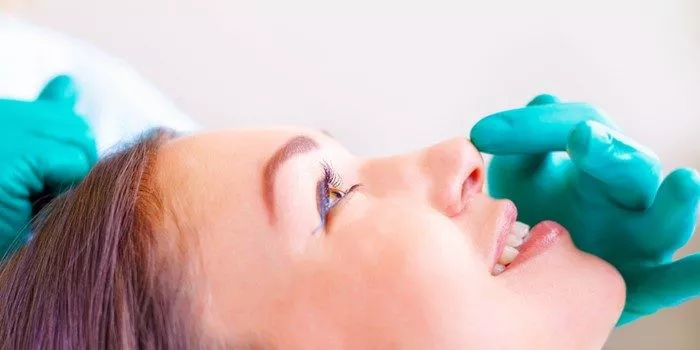Rhinoplasty, commonly known as a nose job, is a popular cosmetic procedure that aims to improve the appearance and function of the nose. After the procedure, patients may wonder if they can travel and how it may affect their recovery. In this article, we will discuss traveling after rhinoplasty and what patients need to know to ensure a safe and successful recovery.
The Recovery Process After Rhinoplasty
Rhinoplasty is a surgical procedure that involves making incisions in the nose to reshape the bone and cartilage. After the procedure, the patient will experience swelling, bruising, and discomfort in the nose and surrounding areas. The recovery process can vary from patient to patient and can take anywhere from one to three weeks.
During the first week after rhinoplasty, patients are advised to rest and avoid any strenuous activities. The patient should keep their head elevated to reduce swelling and avoid blowing their nose. The surgeon will provide pain medication and antibiotics to manage discomfort and prevent infection.
In the second week, the patient can gradually resume light activities, such as walking and light housework. However, they should still avoid any activities that may increase blood pressure, such as bending, lifting, or exercising. The patient should also continue to avoid blowing their nose and keep their head elevated.
By the third week, most patients can return to their normal activities, including work. However, the patient should still avoid any strenuous activities that may increase blood pressure and avoid wearing glasses or sunglasses that put pressure on the nose.
Travel After Rhinoplasty: When is it Safe?
Traveling after rhinoplasty requires careful planning and consideration. Patients should wait until their surgeon clears them for travel, which is usually around three weeks after the surgery. However, the recovery process can vary from patient to patient, and some patients may require more time before traveling.
Before traveling, patients should discuss their travel plans with their surgeon and follow their post-operative instructions. Patients should also consider the type of travel they will be doing and how it may affect their recovery.
Flying After Rhinoplasty
Flying after rhinoplasty can be safe, but patients should take precautions to ensure a smooth recovery. Here are some tips for flying after rhinoplasty:
Wait until your surgeon clears you for travel, which is usually around three weeks after the surgery.
Avoid flying for long periods, as this can increase the risk of blood clots and swelling.
Use a saline nasal spray to keep the nasal passages moist during the flight.
Avoid blowing your nose during the flight, as this can cause bleeding and swelling.
Use a neck pillow to support your head and keep it elevated during the flight.
Avoid wearing glasses or sunglasses that put pressure on the nose.
Road Trips After Rhinoplasty
Road trips after rhinoplasty can be a good option for patients who want to travel but do not want to fly. However, patients should take precautions to ensure a smooth recovery. Here are some tips for road trips after rhinoplasty:
Wait until your surgeon clears you for travel, which is usually around three weeks after the surgery.
Take frequent breaks to stretch and walk around.
Avoid driving for long periods, as this can cause neck and back strain.
Use a neck pillow to support your head and keep it elevated during the trip.
Avoid wearing glasses or sunglasses that put pressure on the nose.
Bring plenty of water and healthy snacks to stay hydrated and nourished.
International Travel After Rhinoplasty
International travel after rhinoplasty requires additional planning and preparation. Patients should consider the following before traveling internationally:
Check the travel restrictions and entry requirements for the country you will be visiting.
Make sure you have all necessary documents, such as a passport and visa.
Consider the time difference and how it may affect your recovery.
Research medical facilities in the area you will be visiting in case of an emergency.
Bring all necessary medications and medical supplies.
Tips for a Smooth Recovery and Travel After Rhinoplasty
To ensure a smooth recovery and successful travel after rhinoplasty, patients should follow these tips:
Follow your surgeon’s post-operative instructions and attend all follow-up appointments.
Avoid strenuous activities and heavy lifting for at least three weeks after the surgery.
Keep your head elevated as much as possible to reduce swelling.
Avoid blowing your nose or putting pressure on the nose.
Stay hydrated and eat a healthy diet to promote healing.
Avoid smoking and alcohol, as they can slow down the healing process.
Conclusion
Traveling after rhinoplasty requires careful planning and consideration to ensure a safe and successful recovery. Patients should wait until their surgeon clears them for travel and follow their post-operative instructions. Whether flying, road tripping, or traveling internationally, patients should take precautions to avoid any activities that may affect their recovery. By following these tips, patients can ensure a smooth recovery and enjoy their travels after rhinoplasty.

